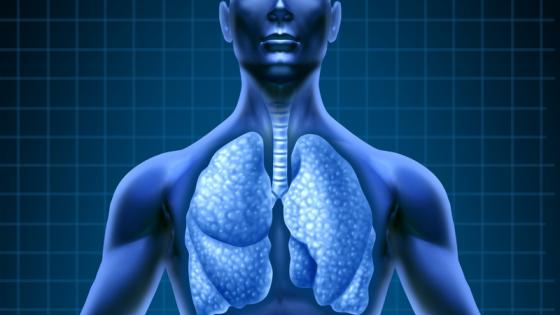CT Lung Density “Lung Mapping” Analysis
What is CT Lung Density Analysis?
CT Lung Density Analysis (LDA) is a quantitative imaging biomarker to assist in the diagnosis and management of COPD. This groundbreaking imaging software analyzes a patient’s lung function as they inhale and exhale and enables physicians to more accurately diagnose and treat the disease. Once again, our radiologists lead the way for excellence in patient diagnoses and care.
A new non-invasive imaging technique identifies small abnormalities in the airways of patients with chronic obstructive pulmonary disease (COPD).
The technique, Parametric Response Mapping (PRM), measures patients’ lung densities as they inhale and exhale. In the past, it has traditionally been difficult to detect small airway disease early without surgery.
Planning for your procedure
- Wear comfortable, loose-fitting clothing on the day of your exam.
- Avoid clothing with zippers and snaps as metal objects can affect the image.
Inform the technologist:
- If there is any possibility you are pregnant.
- Of any allergies, especially to medications or iodine.
- If you have a history of diabetes, asthma, kidney problems, heart, or thyroid conditions, since you will be injected with a contrast agent during the exam.
Plan on being with us for a minimum of 30 minutes. The technologist positions you on the CT table and pillows are used to help keep you still and in the proper position during the scan. The table moves slowly into the CT scanner opening. The increments of movement may be minimal and almost undetectable, or large enough to feel the motion.
Contrast material is injected through an IV. Before administering the contrast material, you should inform the technologist if you have:
- Any allergies, especially to medications or iodine
- A history of diabetes, asthma, kidney problems, heart or thyroid conditions. These conditions may indicate a higher risk of reaction to the contrast material or potential problems with eliminating the material from your system after the exam
You will be unaccompanied in the room during your scan; however, your technologist can see, hear, and speak with you at all times.
To determine if more images are needed, you may be asked to wait until the images are reviewed.
You might feel:
- Flushed or have a metallic taste in your mouth. These are common side effects to the contrast material that disappear in a minute or two
- A warm sensation that extends to your bladder
- If the itching persists or is accompanied by hives, it is easily treated with medication
A full report will be sent to your referring physician within 48 hours following your exam.
Non-invasive imaging technique could lead to improved COPD treatment
Lake Medical Imaging introduced CT Lung Density Analysis (LDA) as a quantitative imaging biomarker to assist in the diagnosis and management of COPD. This groundbreaking imaging software analyzes a patient’s [...]





